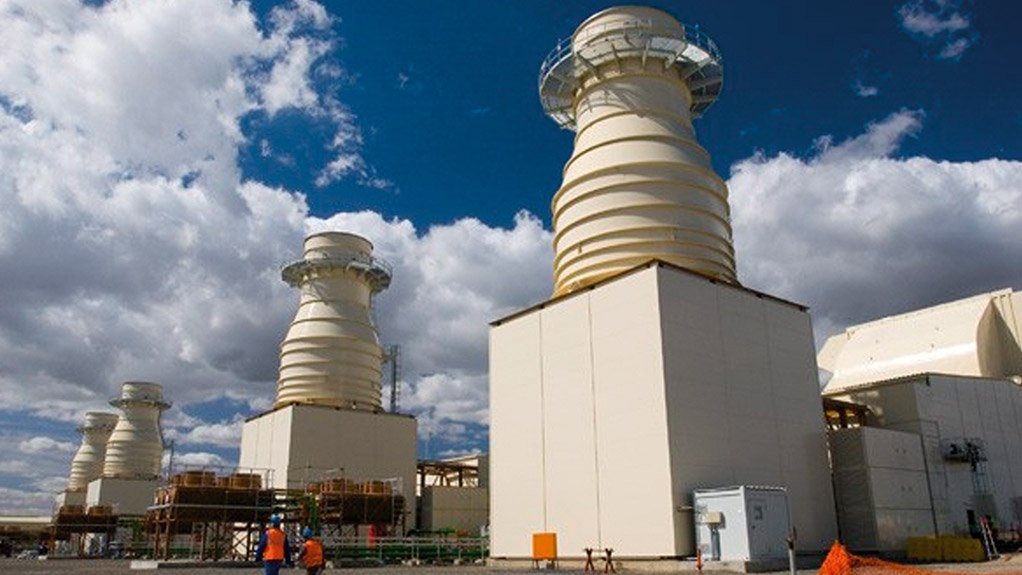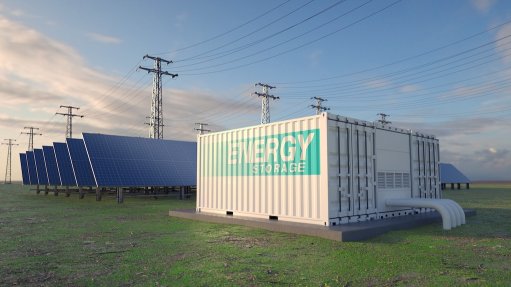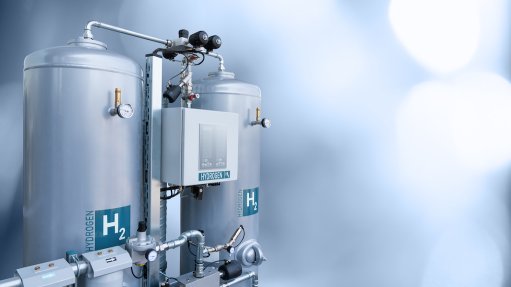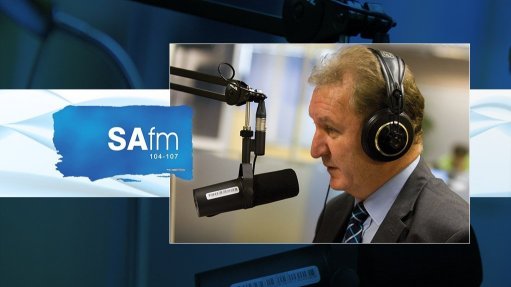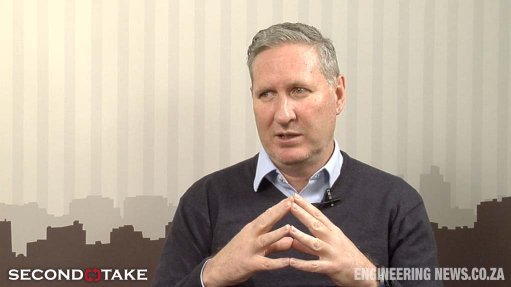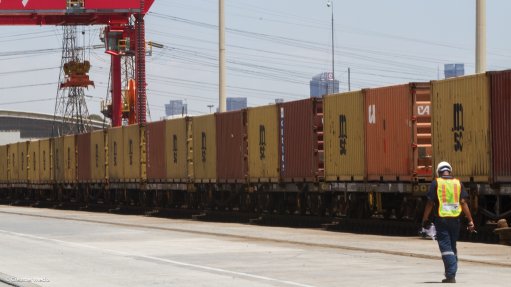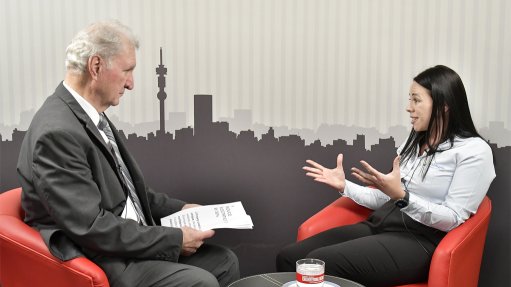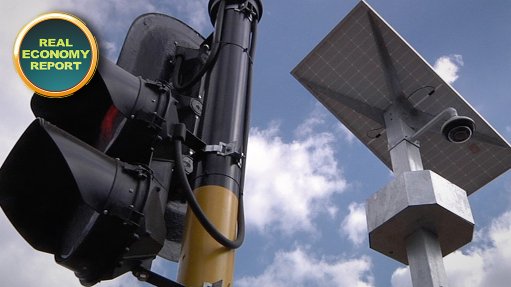Rapid renewables roll-out key to tackling loadshedding, but OCGTs ‘only short-term defence'
An increased use of the diesel-fuelled open cycle gas turbines (OCGTs) represents South Africa’s only short-term defence against higher levels of economically damaging loadshedding, a new analysis of the country’s power crisis shows.
However, the new Meridian Economics briefing note also makes a strong case for incentivising solar, including rooftop solar, to reduce the need for diesel, noting that distributed photovoltaic (PV) systems have the shortest deployment lead times and are “immune from any constraints posed by the transmission network”.
Compiled as an update to its 2022 study, which showed that loadshedding could have been all but eliminated in 2021 had there been an additional 5 GW of variable renewables installed, the new Meridian report continues to highlight the immediate benefits of adding additional solar and wind.
It also argues, however, that burning as much diesel as practically possible during the coming six months would be a “rational” response to the intensifying crisis, owing to the extremely negative economic consequences of loadshedding.
“In the very short term (next six months), burning large volumes of diesel when required is the only means to address the current crisis and is economically rational given that the economic, social and political consequences of loadshedding far outweigh the cost of diesel.”
While noting that estimates of the economic cost of loadshedding vary from between R10/kWh and R85/kWh, the analysis points out that these costs are all still higher than the estimated R7/kWh it costs Eskom currently to generate power using the OCGTs.
“From a macroeconomic perspective, it is thus always rational to increase spending on diesel to reduce loadshedding whenever possible.
“This is particularly relevant in the short-term whilst the installed capacity of renewables ramps up,” the briefing note argues.
Meridian acknowledges a fully unconstrained operation of the OCGTs is not practical, indicating that had such an approach been taken in 2022 there would have been a trebling of Eskom’s diesel costs. The utility expects to spend about R22-billion on diesel during its current financial year.
Nevertheless, the analysis argues that a doubling of onsite diesel storage and peak refuelling rates, could be an implementable solution.
The modelling shows that the addition of 5 GW of renewables, combined with the doubling of onsite diesel storage and peak refuelling rates, would have reduced loadshedding by 83.5%, even without burning more diesel than Eskom did in 2022.
In reality, however, loadshedding surged by 355% to 8.1 TWh relative to 2021, which was the country’s previous worst year for rotational cuts.
“Beyond the very short term, as more renewables capacity is rapidly added to South Africa’s power system, improved diesel logistics are not used to increase overall diesel consumption, but rather to provide enough diesel to ensure continuous supply to the OCGTs for shorter intense usage periods,” the report adds.
The analysis also shows that as additional renewables capacity is added, the required diesel usage declines rapidly, and models a significant reduction in loadshedding even at the actual diesel-burn rates of 2022 once 5 GW is added.
“Despite loadshedding being catastrophically worse in 2022 compared to 2021, 5 GW of additional renewables would have eliminated between 71% and 92% of loadshedding, depending on supplementary measures to relieve diesel supply constraints.”
The briefing note also makes a powerful case for introducing “appropriate incentives” to accelerate the deployment of rooftop PV at scale.
“Incentivising residential, commercial, and industrial customers to invest in distributed PV generation can clearly have a profound impact on reducing loadshedding.
“Based on international experience, this can also be achieved in the shortest space of time compared to other new generation interventions,” the analysis argues, citing Vietnam, where a record 9.3 GW of rooftop PV was installed in 2020 on the back of an attractive feed-in tariff.
While indicating that a mix of wind and solar would be more effective overall, Meridian’s modelling indicates that even in the case of adding only solar PV capacity, loadshedding in 2022 could still have been dramatically reduced by 62% as opposed to 71% from a 40/60 PV/wind mix.
“Rooftop and distributed PV has both the shortest lead time and is immune from any constraints posed by the transmission network,” the report adds.
Meanwhile, Eskom confirmed recently that it had secured funding to pay for its diesel requirements for the remainder of the current financial year, which ends on March 31.
However, while the OCGTs would be used extensively during February and March, it would not be at the level contemplated in the Meridian analysis.
The utility, which initially approached the National Treasury for more diesel funding, has since agreed on a funding mechanism, whereby it is understood that the National Treasury is backing Eskom to raise between R4-billion and R5-billion from commercial banks for the final two months of its financial year.
In approving the recent hike of 18.65% for 2023/24, the National Energy Regulator of South Africa (Nersa) included a diesel budget of about R8.5-billion for the coming financial year against an application for about R17-billion.
Nersa did this on the basis of an assumed OCGT load factor of 6% against an Eskom request that it be given revenue to operate the OCGT plants at a load factor of 12%.
Comments
Press Office
Announcements
What's On
Subscribe to improve your user experience...
Option 1 (equivalent of R125 a month):
Receive a weekly copy of Creamer Media's Engineering News & Mining Weekly magazine
(print copy for those in South Africa and e-magazine for those outside of South Africa)
Receive daily email newsletters
Access to full search results
Access archive of magazine back copies
Access to Projects in Progress
Access to ONE Research Report of your choice in PDF format
Option 2 (equivalent of R375 a month):
All benefits from Option 1
PLUS
Access to Creamer Media's Research Channel Africa for ALL Research Reports, in PDF format, on various industrial and mining sectors
including Electricity; Water; Energy Transition; Hydrogen; Roads, Rail and Ports; Coal; Gold; Platinum; Battery Metals; etc.
Already a subscriber?
Forgotten your password?
Receive weekly copy of Creamer Media's Engineering News & Mining Weekly magazine (print copy for those in South Africa and e-magazine for those outside of South Africa)
➕
Recieve daily email newsletters
➕
Access to full search results
➕
Access archive of magazine back copies
➕
Access to Projects in Progress
➕
Access to ONE Research Report of your choice in PDF format
RESEARCH CHANNEL AFRICA
R4500 (equivalent of R375 a month)
SUBSCRIBEAll benefits from Option 1
➕
Access to Creamer Media's Research Channel Africa for ALL Research Reports on various industrial and mining sectors, in PDF format, including on:
Electricity
➕
Water
➕
Energy Transition
➕
Hydrogen
➕
Roads, Rail and Ports
➕
Coal
➕
Gold
➕
Platinum
➕
Battery Metals
➕
etc.
Receive all benefits from Option 1 or Option 2 delivered to numerous people at your company
➕
Multiple User names and Passwords for simultaneous log-ins
➕
Intranet integration access to all in your organisation



